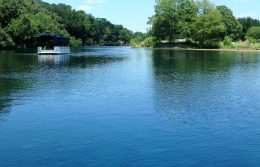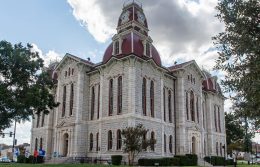The Forgotten History of Human-Made Lakes in Texas
Water has always been a precious commodity in Texas. When early settlers arrived in the 19th century, they found a dry landscape riddled with tiny creeks and a handful of rivers. Many of these waterflows were seasonal, and in the hot, dry months, they sometimes disappeared altogether. But during the rainy season, these trickles could quickly swell into raging torrents. Texas waters fluctuated between flood and famine.
For centuries, Native American tribes survived by knowing where the rare natural springs and reliable sources of water lay hidden in the Texas landscape. In 1718, Spanish settlers constructed a series of irrigation ditches, or acequias, to deliver the waters of the San Antonio River to farmland. The acequias were the first municipal water system in what is now the United States. But when Anglo settlers arrived, they turned to a more technologically intensive solution to the twin problems of water shortages and flooding.
The Birth of Human-Made Lakes in Texas
Caddo Lake is supposedly the only natural lake in Texas, but even that lake was created by a logjam of fallen East Texas timber, and its claim to fame is widely debated. By the end of the 19th century, Texas towns and cities began building their own dams to help manage the boom-and-bust nature of Texas’ seasonal water cycles. The first dam in Texas was completed in 1893 along the Colorado River, creating Lake Austin. Within a couple of decades, that initial experiment would be repeated all over the state.
Throughout the early decades of the 20th century, Texas constructed numerous dams to flood farmland and create lakes. These new bodies of water helped growing towns and cities meet the rising demand for water. While most Texas cities have outgrown these early experiments in reservoir building, many remain popular recreational spots today (such as Dallas’ White Rock Lake and Lake Abilene). By the end of the 1920s, human-made lakes were being constructed throughout the Lone Star State, from the Devils River in West Texas to the Nueces in the southeast.
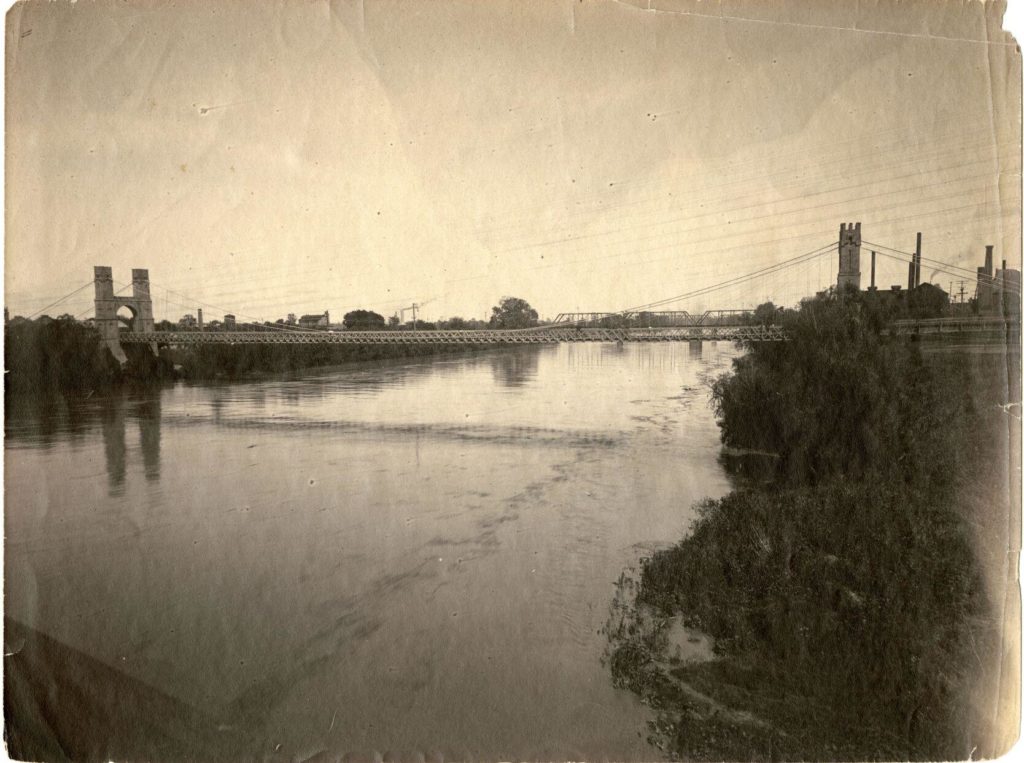
The Golden Age of Lake Expansion
In 1929, in order to facilitate the construction of new dams and lakes along the Brazos River, Texas established the Brazos River Authority. It was a watershed moment in the history of lake construction in Texas. The new authority was the first time in the United States that the development and management of an entire river basin would be entrusted to a single public agency. It was a development model Texas would repeat with success.
The Great Depression of the 1930s brought with it opportunities to realize the many new public investments in infrastructure envisioned by the creation of the Brazos River Authority. Federal dollars and workers poured into Texas, and many new dams and lakes were constructed. These included Mountain Creek Lake south of Dallas, Lake Travis west of Austin, and Lake Texoma along the Red River at the Texas-Oklahoma border. The Brazos River Authority led the way for lake expansion, planning for 13 new dams that would harness the power of the Brazos for water, electricity production, flood control, and recreation. It began constructing its first reservoir, Possum Kingdom, in 1938.
A major drought in 1950 provided further impetus for state and federal officials to push for the creation of more human-made lakes in Texas. This would set in motion a second major push in reservoir creation that led to many of the largest and most enjoyed lakes in Texas, including Lake O’ the Pines along Cypress Creek (1959) and Amistad Reservoir along the Rio Grande (1969).
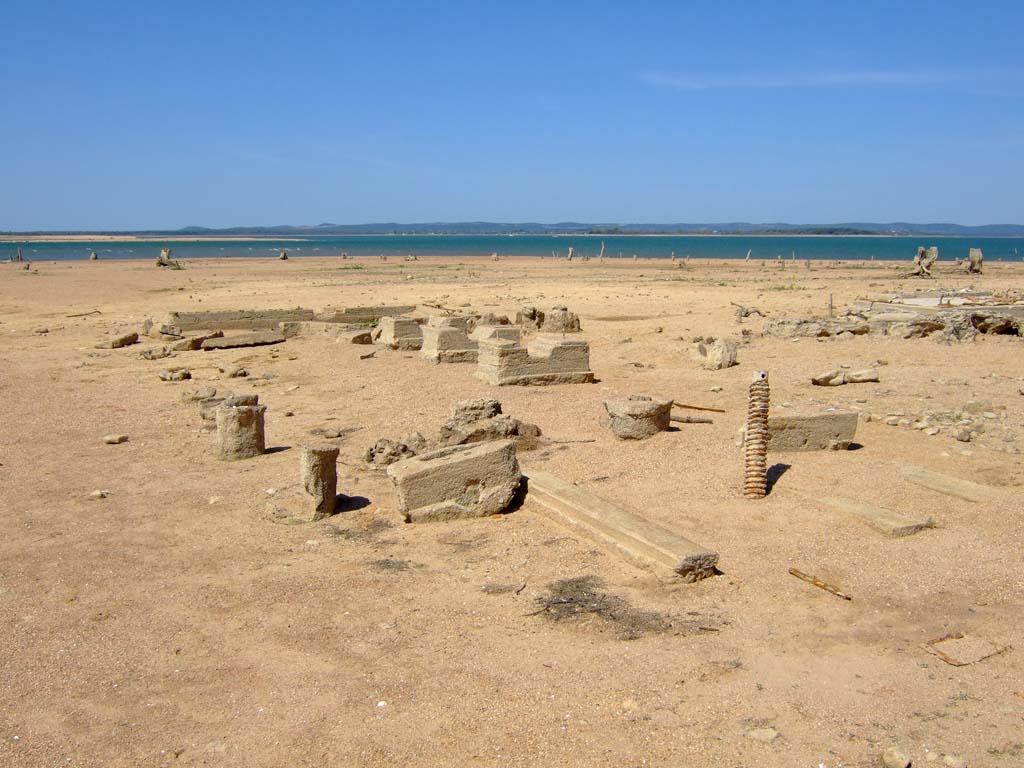
The Price of New Lakes
Although human-made lakes in Texas have been instrumental in facilitating the continued growth of the state’s population and the protection of that population from dangerous floods — not to mention amenities like reduced electricity prices and recreational areas — they came with costs. Chief among these are the lands that have been deliberately flooded to create the new lakes. Farms and entire towns have been swallowed up by the waters of Texas’ lakes. This can create some eerie phenomena. In 1984, during a prolonged drought, the water level of Lake Buchanan near Burnet dropped so low it revealed the remains of the town of Old Bluffton, which was promptly dubbed Texas’ “Underwater Ghost Town.”
The lakes have also affected the way Texas’ natural ecosystems function. While the fickle ebbs and flows made for unpredictable and sometimes dangerous water hazards along Texas creeks and rivers, those natural cycles supported many unique and delicate riverine ecosystems. The new lakes destroyed these precious places. These vanished landscapes were captured most poetically by writer John Graves, whose book “Goodbye to a River” documents his canoe trip down the Brazos on the eve of the construction of Possum Kingdom.
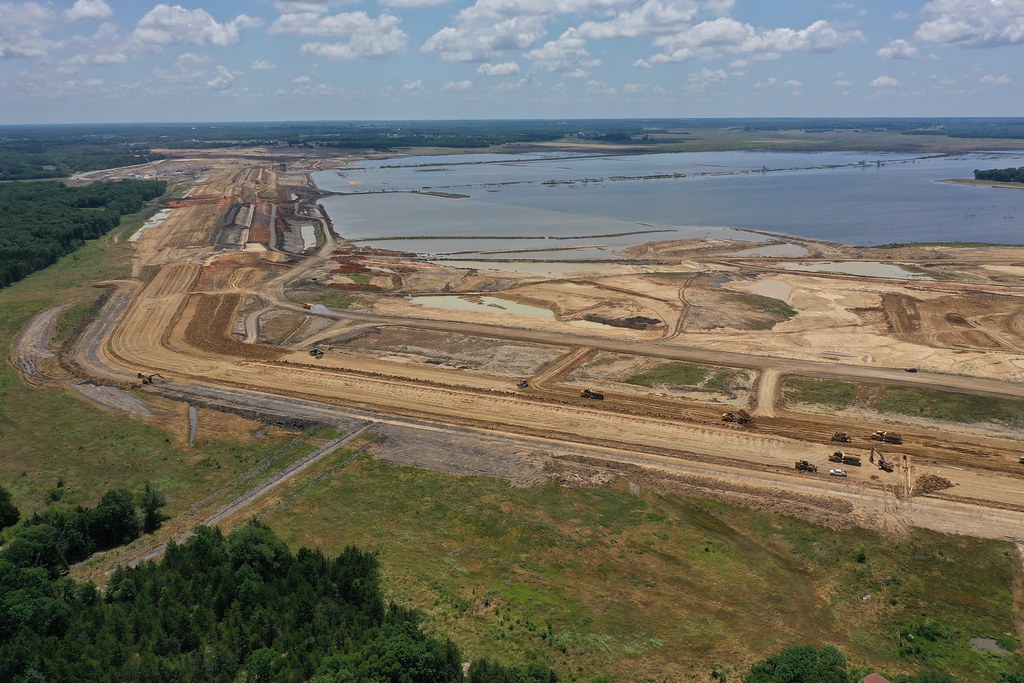
The Future of Texas Reservoirs
After the 1960s, Texas lake production slowed. But in recent years, a rapidly growing population has placed new demands on the state’s existing sources of water. Creating new reservoirs to meet that demand, however, is a long and complicated process. Massive acreages of land must be secured, and extensive engineering and environmental studies must be completed.
In 2019, the state began construction of the first new human-made lake in Texas in nearly 30 years. The new Bois d’Arc Lake will be located in Fannin County, between Sherman and Paris. When completed, it will be 15 miles long. The lake is being built to meet the needs of the rapidly growing North Texas suburbs, and it will eventually provide around 108 million gallons a day to North Texas cities.
Take advantage of the rivers and lakes that Texas has to offer with our guide to canoe adventures.
© 2021 Texas Farm Bureau Insurance

